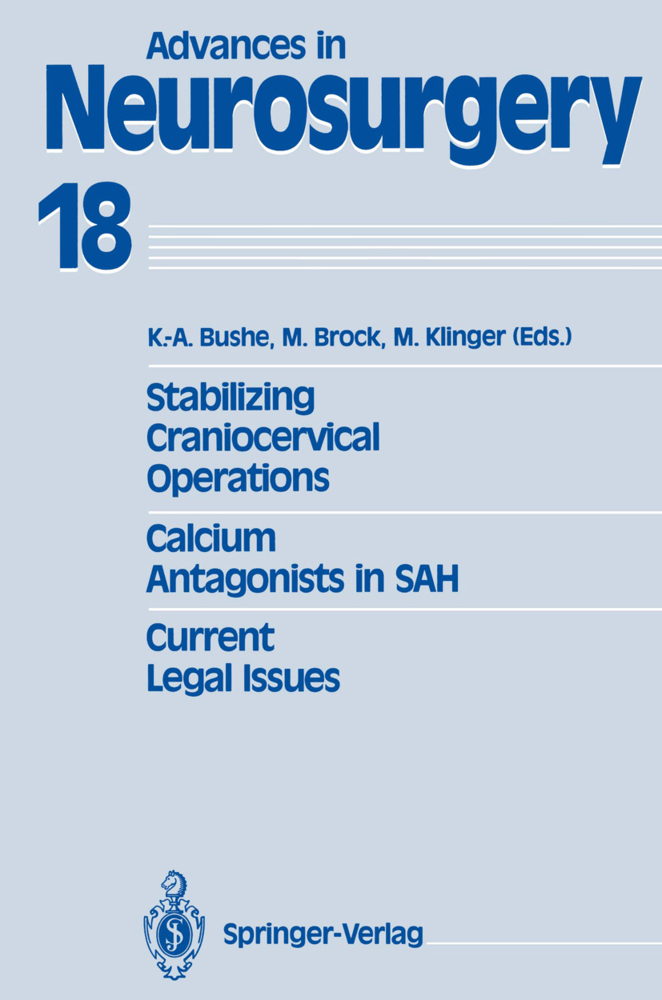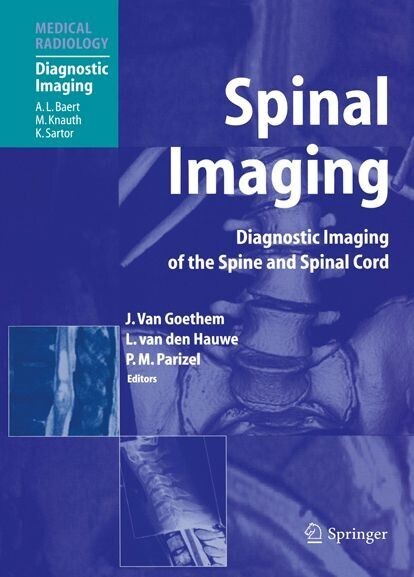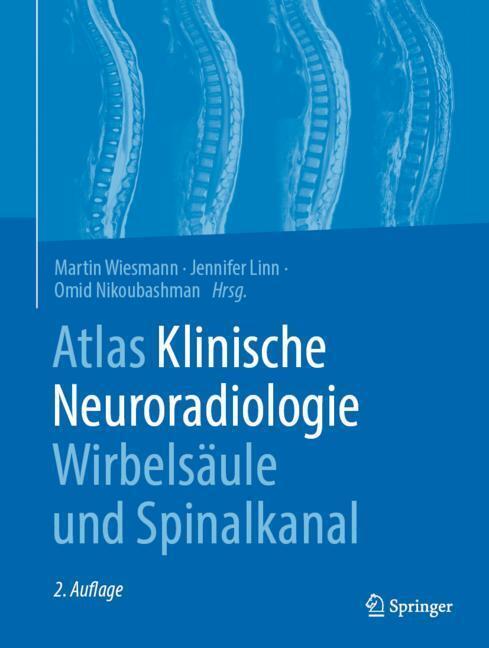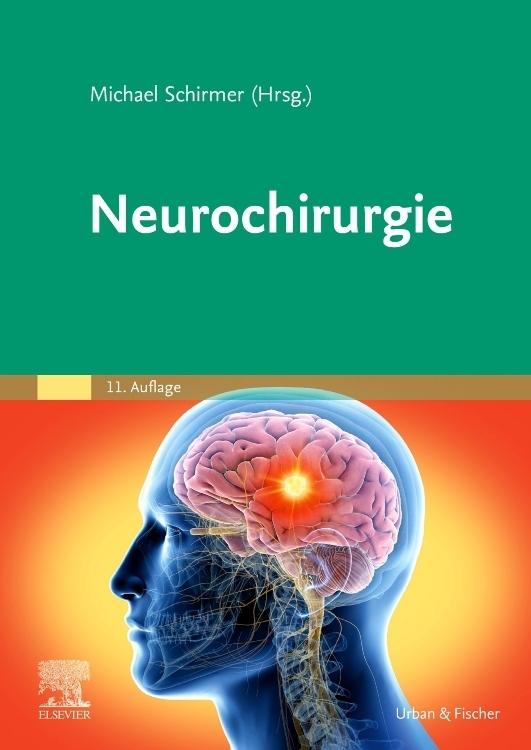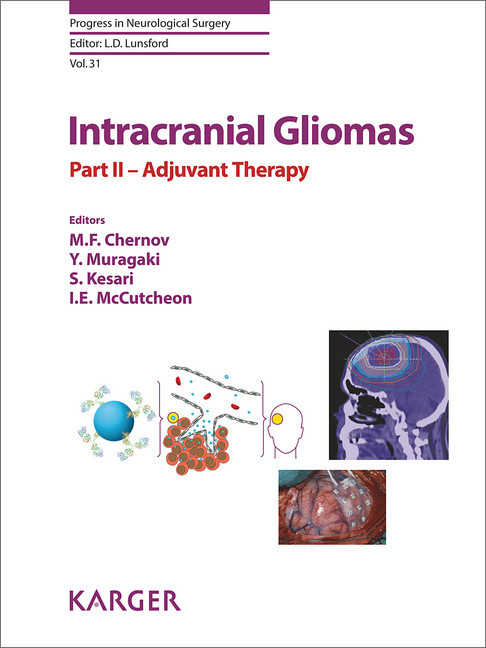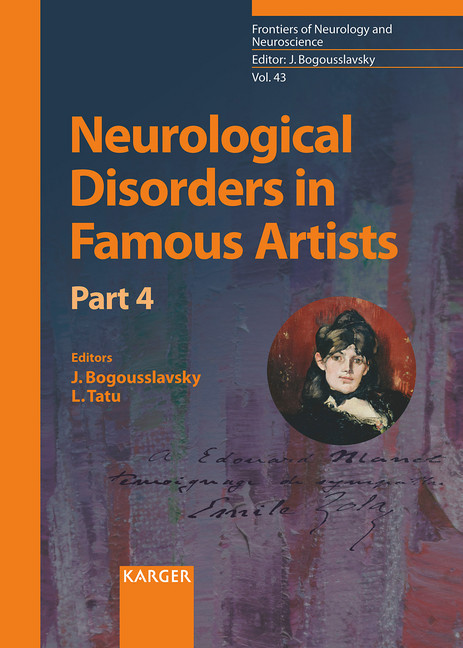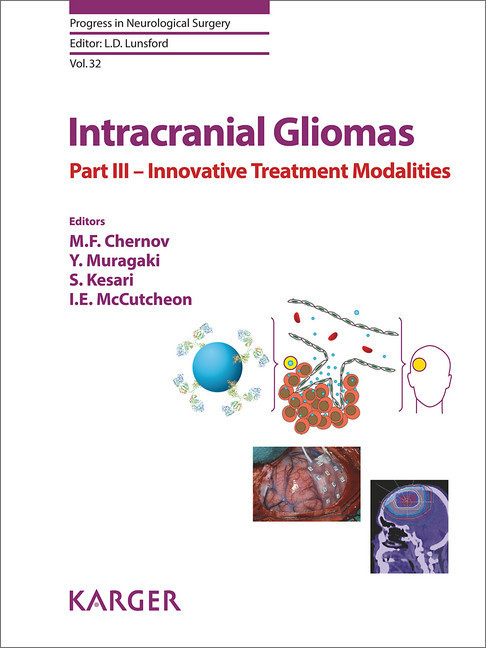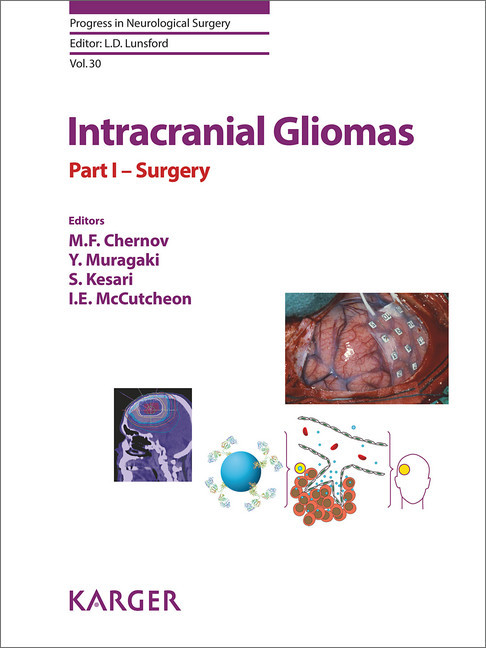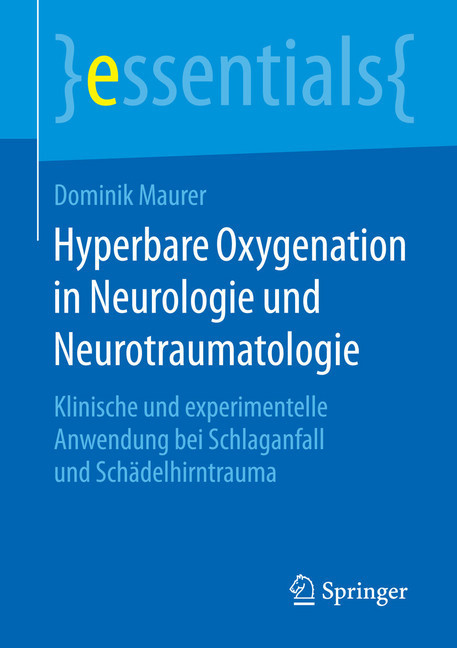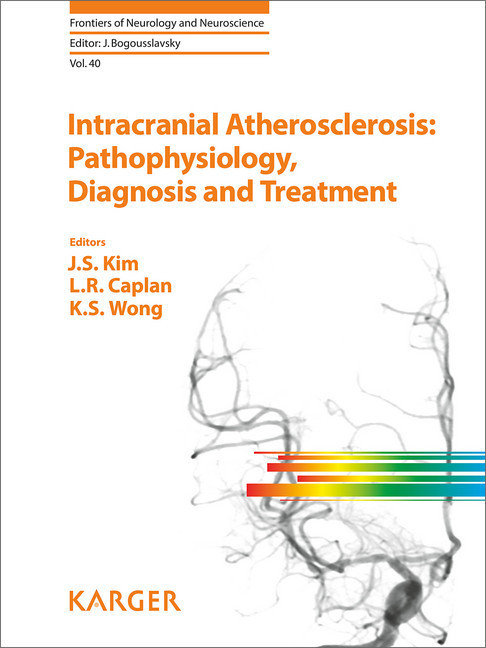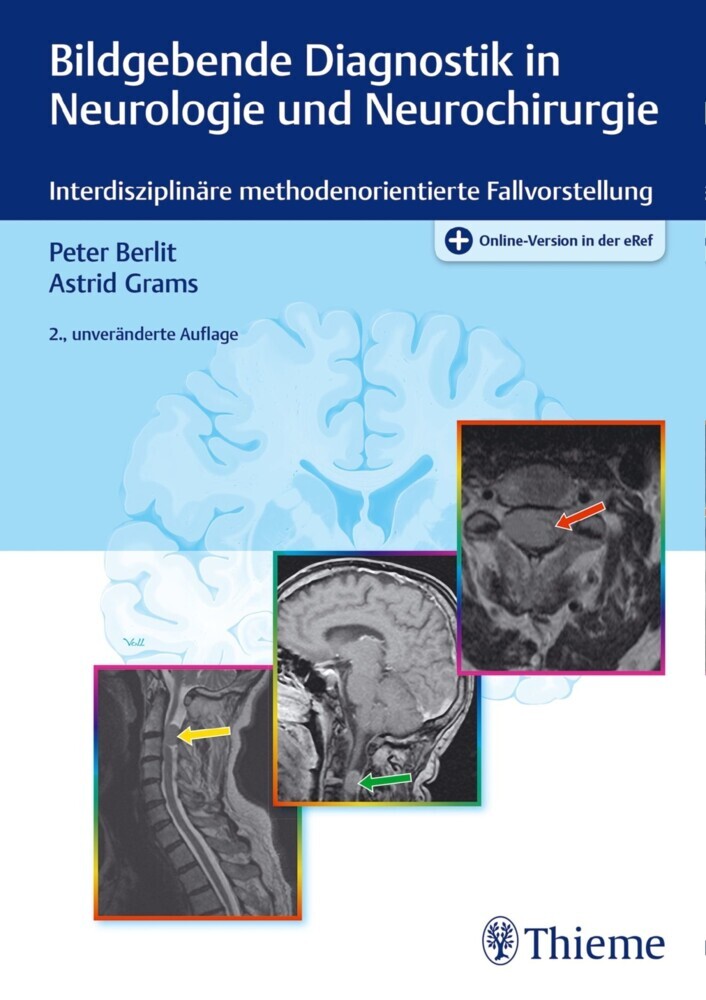Stabilizing Craniocervical Operations Calcium Antagonists in SAH Current Legal Issues
Proceedings of the 40th Annual Meeting of the Deutsche Gesellschaft für Neurochirurgie, Würzburg, May 7-10, 1989
Stabilizing Craniocervical Operations Calcium Antagonists in SAH Current Legal Issues
Proceedings of the 40th Annual Meeting of the Deutsche Gesellschaft für Neurochirurgie, Würzburg, May 7-10, 1989
Demands on a Neurosurgeon Under Routine Clinical Conditions' "Hardly any other field of surgery requires such meticulous asepsis. No other field requires such a protection of the tissue and such reliable hemostasis. No one will question that neurosurgery makes exceedingly high demands. However, the degree of the demands on the personal ity of the surgeon who has to carry out very serious operations to the exclusion of all others and has little opportuinity to recover psycholog ically by working on simpler cases is concealed from the outer world. The mental strain which the coworkers and staff have to tolerate may not be denied". So wrote Wilhelm Tonnis in 1939. Although fifty years have now elapsed, his appraisal is still relevant today - hence my intention to discuss the everyday demands placed on neurosurgeons. My aim is not self-glorification to engender sympathy; rather it is to highlight the effects and repercussions of such demands for the well-being of the patients entrusted to us. The major onerous demands include: - those in the operating theater - those resulting from staff problems in nursing - those resulting from legal developments - those resulting from the increasing administrative tasks that cost valuable time and energy which are lost to our actual work in look ing after patients: science and research also suffer from this. I shall not go into the latter point within this preface. Let me first turn to the strains occurring in the operating theater.
Indications and Complications of Cervical Spine Stabilization
Osteosynthesis of the Upper Cervical Spine and the Craniocervical Junction
Surgical Treatments to Stabilize the Upper Cervical Spine
The Caspar Plate as a Means of Stabilizing the Upper, Middle, and Lower Cervical Spine - Results in 45 Cases
Anterior Reconstruction and Stabilization After Cervical Vertebral Body Resection
Long-Term Results After Cervical Interbody Fusion with Polymethylmethacrylate
Cervical Spine Injuries in Childhood: Long-Term Results After Surgical and Conservative Therapy; Morphological and Functional Aspects
Bracing of the Dens Axis
The Surgical Treatment of Atlas, Axis, and Combined CI and C2 Fractures
Association of Injuries to the Head and Spine: 34 Consecutive Cases over a 3-Year Period
Operative Treatment of Metastatic Cervical Spine Instability
On the Symptomatology and Neurosurgical Treatment of Senile Ankylosing Hyperostosis of the Spine (Forestier)
Cervical Spine Fractures in Ankylosing Spondylitis - An Imperative Indication for Surgical Spondylodesis
Primary Autologous Bone Transplantation in the Treatment of Cervical Spondylitis
Treatment of Craniocervical Instabilities with the Halo-fixateur
The Natural History of Unstable Traumatic Injuries of the Cervical Spine
Syringomyelia
Evolution of the Neurosurgical Management of Syringomyelia in the Last Two Decades
Syringomyelia: Aspects of Therapeutic Decisions
Pathogenesis and Operative Treatment of Syringomyelia
Magnetic Resonance Imaging of Syringomyelia: Idiopathic and Tumor-Associated Cases
Comparison of Syringoperitonealand Syringopleural Shunting in Patients with Syringomyelia
Microsurgical Treatment of Syringomyelia: Intraoperative Findings and Results
SEPs and Evoked Muscle Responses After Noninvasive Magnetic Stimulation in Patients with Syringomyelia
Lumbosacral Lipomas and Lipomyelomeningoceles: Operability and Long-Term Follow-up
The Optimal Time for Operative Treatment of the Tethered Cord Syndrome
Tethered Cord Syndrome Following Spina Bifida Aperta
Intraspinal Lipomas with Tethered Cord Syndrome - Results of Operative Treatment in 30 Children
The Use of Calcium Antagonists Following Subarachnoid Hemorrhage
Pharmacology of Nimodipine - A Review
The Prognostic Significance of the Concentration of Nimodipine in the CSF and Plasma in Subarachnoid Hemorrhage
Is High Dose Nimodipine Therapy Necessary Following Subarachnoid Hemorrhage? A Retrospective Study of 80 Patients with Aneurysmal Subarachnoid Hemorrhage over the Past 2 Years
Interactions Between Nimodipine and Anesthetics Used in Neurosurgical Procedures
Influence of Nimodipine on Pulmonary Function
Tolerability of Calcium Antagonists
Nimodipine in the Treatment of Subarachnoid Hemorrhage Secondary to Aneurysm Rupture: Five Years' Experience
Experience with Deliberate Early Aneurysm Surgery and Nimodipine
Effect of Nimodipine on the Outcome Following Operation for Ruptured Intracranial Aneurysms
Parenteral Nimodipine Therapy After Subarachnoid Hemorrhage: A Randomized Clinical Study
Postoperative Long-Term Results After Aneurysm Surgery Among Patients Treated with Nimodipine
The Acute Effect of Nimodipine on Intracranial Pressure and Cerebral Blood Flow
Clinical Significance of TCD Pulsatility Indices in Subarachnoid Hemorrhage and Arteriovenous Malformations
Development ofVasospasm After Subarachnoid Hemorrhage Under Nimodipine Therapy Before and After Aneurysm Surgery
Prevention of Vasospasm with Nimodipine
The Clinical Value of Transcranial Doppler Sonography in Aneurysmal Subarachnoid Hemorrhage as an Indication for Cerebral Angiography and a Means of Controlling Nimodipine Treatment
Clinical and Transcranial Doppler Sonography Evaluation During Treatment with Calcium Antagonists After Subarachnoid Hemorrhage
CBF Dynamics - Vasospasm After Subarachnoid Hemorrhage
Discrepancy Between the Results of TCD and the Clinical Status of Patients After SAH
Aktuelle Rechtsfragen in der Neurochirurgie in Forschung und Klinik
Current Legal Issues in Neurosurgical Research and Treatment
Zur Verwendung menschlichen Gewebes, insbesondere von foetalem Gewebe in der Neurochirurgie
Risiko und erforderlicher Standard in der Neurochirurgie - Überholtes, Notwendiges, Unerprobtes - (Neurochirurgisches Referat)
Risiko und erforderlicher Standard in der Neurochirurgie - Überholtes, Notwendiges, Unerprobtes - (Juristisches Referat)
Neuere Entwicklung in der Rechtsprechung zur Aufklärung
Die ärztliche Aufklärung - Eine Gratwanderung zwischen juristischem Muß und ärztlichem Tun?
Straf- und zivilrechtliche Aspekte neurochirurgischer Tätigkeit
Erfahrungen einer "Gutachterkommission für Ärztliche Behandlungsfehler" mit Behandlungsfehlern im neurochirurgischen Fachgebiet
Sorgfaltsmangel oder typische Komplikation - Auswertung der Begutachtungen für die Schlichtungsstelle für Arzthaftpflichtfragen unter besonderer Berücksichtigung der Bandscheibenoperation
Zur Begutachtung von traumatischen Hirnschlagaderverletzungen
Kann ein Schädelhirntrauma ein Akustikusneurinom auslösen? RechtsmedizinischeÜberlegungen anhand eines Falles
Gibt es histologische Beweise für eine traumatisch bedingte Bandscheibenschädigung?
Versicherungsrechtliche Bewertung von Traumen für die Entstehung und den Verlauf zervikaler und lumbaler Bandscheibenvorfälle
Eine seltene Komplikation nach Bandscheibenoperation in Knie-Ellenbogenlage
Gesprächsführung in der Neurochirurgie
Gutachtertätigkeit in Sozialgerichtsverfahren
Notwendigkeit und Voraussetzungen einer Gebrechlichkeitspflegschaft bei neurochirurgischen Patienten.
Reflections on the Future of German Neurosurgery: Further Development on the Foundations Laid by Tönnis
Decompression and Stabilization of the Cervical SpineIndications and Complications of Cervical Spine Stabilization
Osteosynthesis of the Upper Cervical Spine and the Craniocervical Junction
Surgical Treatments to Stabilize the Upper Cervical Spine
The Caspar Plate as a Means of Stabilizing the Upper, Middle, and Lower Cervical Spine - Results in 45 Cases
Anterior Reconstruction and Stabilization After Cervical Vertebral Body Resection
Long-Term Results After Cervical Interbody Fusion with Polymethylmethacrylate
Cervical Spine Injuries in Childhood: Long-Term Results After Surgical and Conservative Therapy; Morphological and Functional Aspects
Bracing of the Dens Axis
The Surgical Treatment of Atlas, Axis, and Combined CI and C2 Fractures
Association of Injuries to the Head and Spine: 34 Consecutive Cases over a 3-Year Period
Operative Treatment of Metastatic Cervical Spine Instability
On the Symptomatology and Neurosurgical Treatment of Senile Ankylosing Hyperostosis of the Spine (Forestier)
Cervical Spine Fractures in Ankylosing Spondylitis - An Imperative Indication for Surgical Spondylodesis
Primary Autologous Bone Transplantation in the Treatment of Cervical Spondylitis
Treatment of Craniocervical Instabilities with the Halo-fixateur
The Natural History of Unstable Traumatic Injuries of the Cervical Spine
Syringomyelia
Evolution of the Neurosurgical Management of Syringomyelia in the Last Two Decades
Syringomyelia: Aspects of Therapeutic Decisions
Pathogenesis and Operative Treatment of Syringomyelia
Magnetic Resonance Imaging of Syringomyelia: Idiopathic and Tumor-Associated Cases
Comparison of Syringoperitonealand Syringopleural Shunting in Patients with Syringomyelia
Microsurgical Treatment of Syringomyelia: Intraoperative Findings and Results
SEPs and Evoked Muscle Responses After Noninvasive Magnetic Stimulation in Patients with Syringomyelia
Lumbosacral Lipomas and Lipomyelomeningoceles: Operability and Long-Term Follow-up
The Optimal Time for Operative Treatment of the Tethered Cord Syndrome
Tethered Cord Syndrome Following Spina Bifida Aperta
Intraspinal Lipomas with Tethered Cord Syndrome - Results of Operative Treatment in 30 Children
The Use of Calcium Antagonists Following Subarachnoid Hemorrhage
Pharmacology of Nimodipine - A Review
The Prognostic Significance of the Concentration of Nimodipine in the CSF and Plasma in Subarachnoid Hemorrhage
Is High Dose Nimodipine Therapy Necessary Following Subarachnoid Hemorrhage? A Retrospective Study of 80 Patients with Aneurysmal Subarachnoid Hemorrhage over the Past 2 Years
Interactions Between Nimodipine and Anesthetics Used in Neurosurgical Procedures
Influence of Nimodipine on Pulmonary Function
Tolerability of Calcium Antagonists
Nimodipine in the Treatment of Subarachnoid Hemorrhage Secondary to Aneurysm Rupture: Five Years' Experience
Experience with Deliberate Early Aneurysm Surgery and Nimodipine
Effect of Nimodipine on the Outcome Following Operation for Ruptured Intracranial Aneurysms
Parenteral Nimodipine Therapy After Subarachnoid Hemorrhage: A Randomized Clinical Study
Postoperative Long-Term Results After Aneurysm Surgery Among Patients Treated with Nimodipine
The Acute Effect of Nimodipine on Intracranial Pressure and Cerebral Blood Flow
Clinical Significance of TCD Pulsatility Indices in Subarachnoid Hemorrhage and Arteriovenous Malformations
Development ofVasospasm After Subarachnoid Hemorrhage Under Nimodipine Therapy Before and After Aneurysm Surgery
Prevention of Vasospasm with Nimodipine
The Clinical Value of Transcranial Doppler Sonography in Aneurysmal Subarachnoid Hemorrhage as an Indication for Cerebral Angiography and a Means of Controlling Nimodipine Treatment
Clinical and Transcranial Doppler Sonography Evaluation During Treatment with Calcium Antagonists After Subarachnoid Hemorrhage
CBF Dynamics - Vasospasm After Subarachnoid Hemorrhage
Discrepancy Between the Results of TCD and the Clinical Status of Patients After SAH
Aktuelle Rechtsfragen in der Neurochirurgie in Forschung und Klinik
Current Legal Issues in Neurosurgical Research and Treatment
Zur Verwendung menschlichen Gewebes, insbesondere von foetalem Gewebe in der Neurochirurgie
Risiko und erforderlicher Standard in der Neurochirurgie - Überholtes, Notwendiges, Unerprobtes - (Neurochirurgisches Referat)
Risiko und erforderlicher Standard in der Neurochirurgie - Überholtes, Notwendiges, Unerprobtes - (Juristisches Referat)
Neuere Entwicklung in der Rechtsprechung zur Aufklärung
Die ärztliche Aufklärung - Eine Gratwanderung zwischen juristischem Muß und ärztlichem Tun?
Straf- und zivilrechtliche Aspekte neurochirurgischer Tätigkeit
Erfahrungen einer "Gutachterkommission für Ärztliche Behandlungsfehler" mit Behandlungsfehlern im neurochirurgischen Fachgebiet
Sorgfaltsmangel oder typische Komplikation - Auswertung der Begutachtungen für die Schlichtungsstelle für Arzthaftpflichtfragen unter besonderer Berücksichtigung der Bandscheibenoperation
Zur Begutachtung von traumatischen Hirnschlagaderverletzungen
Kann ein Schädelhirntrauma ein Akustikusneurinom auslösen? RechtsmedizinischeÜberlegungen anhand eines Falles
Gibt es histologische Beweise für eine traumatisch bedingte Bandscheibenschädigung?
Versicherungsrechtliche Bewertung von Traumen für die Entstehung und den Verlauf zervikaler und lumbaler Bandscheibenvorfälle
Eine seltene Komplikation nach Bandscheibenoperation in Knie-Ellenbogenlage
Gesprächsführung in der Neurochirurgie
Gutachtertätigkeit in Sozialgerichtsverfahren
Notwendigkeit und Voraussetzungen einer Gebrechlichkeitspflegschaft bei neurochirurgischen Patienten.
Bushe, K.-A.
Brock, Mario
Klinger, Margareta
| ISBN | 978-3-540-51967-6 |
|---|---|
| Artikelnummer | 9783540519676 |
| Medientyp | Buch |
| Copyrightjahr | 1990 |
| Verlag | Springer, Berlin |
| Umfang | XXV, 374 Seiten |
| Abbildungen | XXV, 374 p. 100 illus. |
| Sprache | Englisch |

